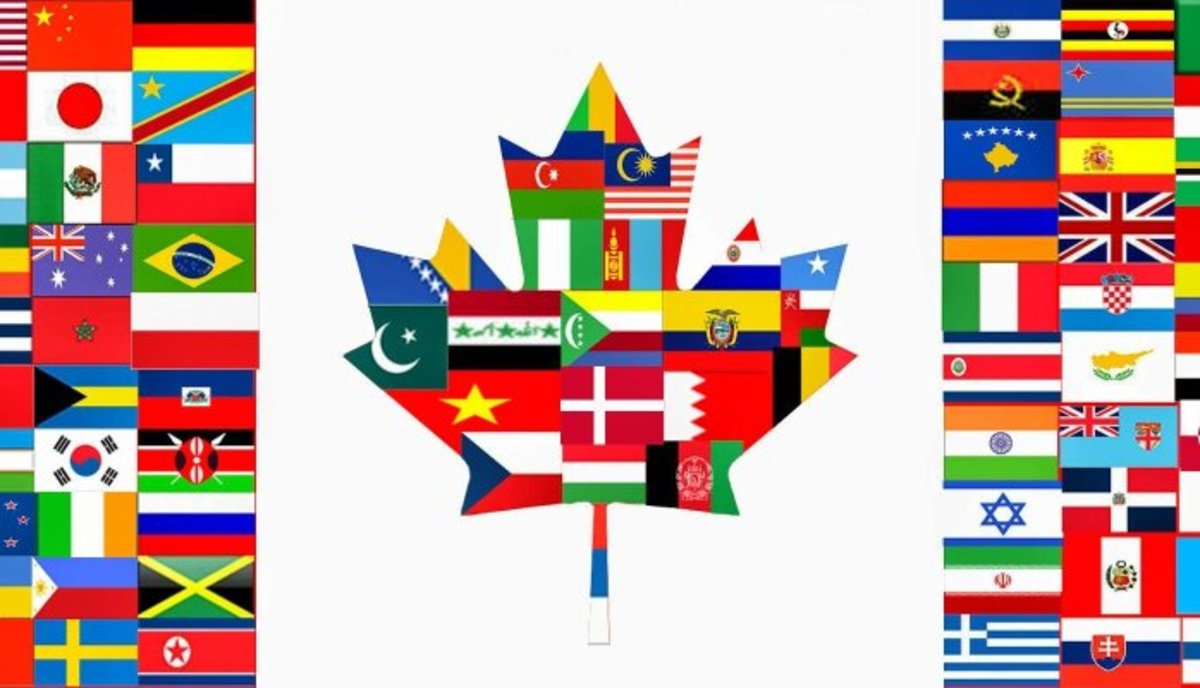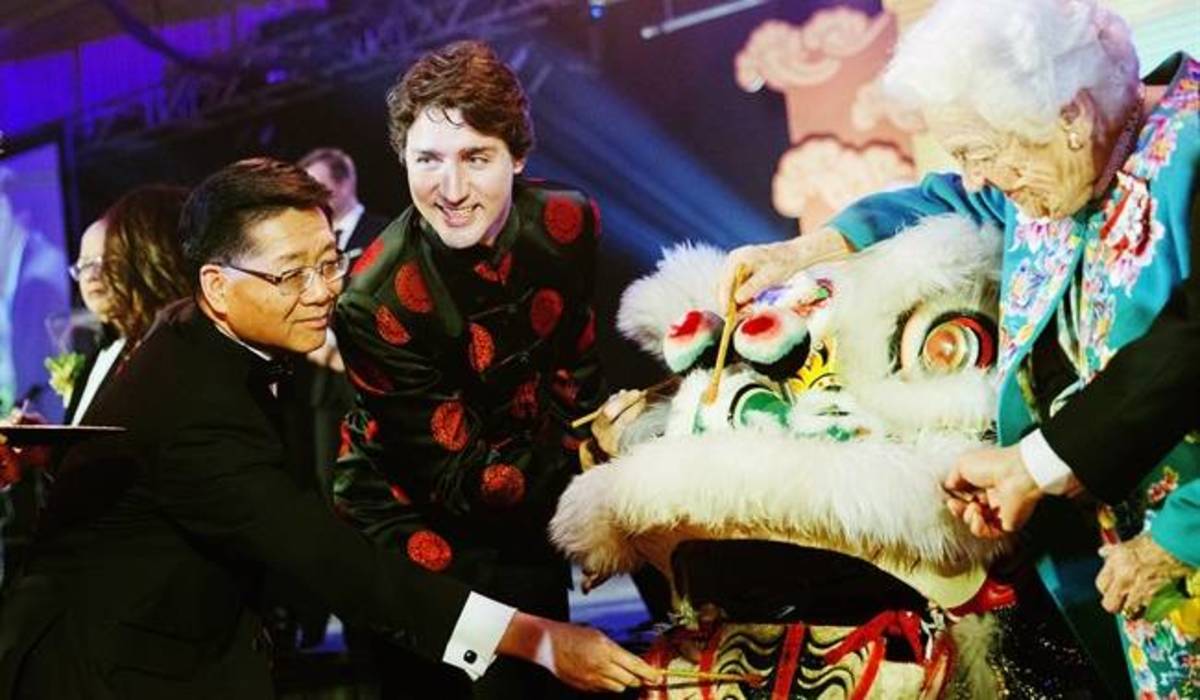Racism, Xenophobia and the role of Italian media

The definition of xenophobia and its differentiation from racism and racial discrimination are still evolving concepts. One of the regional Preparatory Meetings for this World Conference suggested that:
•Racism is an ideological construct that assigns a certain race and/ or ethnic group to a position of power over others on the basis of physical and cultural attributes,as well as economic wealth, involving hierarchical relations where the “superior” race exercises domination and control over others;
•Xenophobia describes attitudes, prejudices and behavior that reject, exclude and
often vilify persons, based on the perception that they are outsiders or foreigners to the community, society or national identity.
According toZingarelli1 racism is an attitude of contempt and intolerance towards certain individuals or groups,based on social prejudices rooted,prejudice is the idea or the wrong opinion, previous of the direct knowledge of certain facts or people,based on traditional and common beliefs, based on social class, on ethnicity or gender they belong to.
The media is a globally powerful institution which is often the only or the most readily available tool we have to learn about countries and cultures far from ours.
Mass media stereotyping of immigrants is organised along national categories. The arrival of Albanian people has often been presented as an ‘invasion’.5 They have been frequently portrayed as unscrupulous involved in criminal activities, that has favoured the diffusion of a stereotyped perception stigmatising Albanians as criminals. The media has using the most appropriate “bad” cases, when immigrants’ arrests or accusations were mentioned, to identify the ethnic, racial and national identity of the groups or individuals involved. The language used in the Italian newspaper titles and articles on immigrants are ‘Albanians’, ‘immigrant’, ‘arrested’,‘clandestine’, ‘extracomunitari’, ‘refugee’, were the ten most frequent words used to describe migration-related events. Frequent terms used to different immigrant populations in colloquial language to refer to them are: ‘extracomunitario’6, marocchino, negro, zingaro. Italian media discourse on migration concentrates mainly on issues of criminality or illegal entry and reproduces images of ‘threat’ to the national public order, but in recent years, the media coverage has paid some attention to immigrant.
These hostile attitudes have arisen against a backdrop of various factors. The number of immigrants to Italy has risen constantly over the past few years. The country unfortunately suffered from underdeveloped immigration policies, with an inefficient public administration responsible for the management of the phenomenon.
The idea of immigration as a ‘problem’develops with reference to three main points:
(a) a security threat (the invasion threat, undocumented immigration, and criminality);
(b) a threat to jobs (the destabilization of the labour market);
(c) a threat to cultural and religious identity.7
In “La Cronaca,” Marco Binotto and Valentina Martino8 shows that in the Italian print media, 70% of localnews’ stories about immigration talked about crime and terrorism. In the national media about 40.4% of the news in 2000 was about crime and terrorism and another 35.6% talked about “disembarkations and regulations.” Similarly, in televised news, 40% of news about immigration talked of crime and terrorism and another 42% talked about disembarkations and regulations. The imagery in nearly half of the news stories on national television involves migrants arriving in overcrowded boats to Italian shores, particularly around Sicily, Lampedusa and Puglia. The image of the boat delivers latent messages that immigrants are mainly
poor and illegal. The imagery forms an imaginary of immigrants as homogenously falling into these categories and ignores the plethora of reasons and conditions in which people migrate to Italy.
In an historical perspective, migration was mostly perceived as a factor favoring economic growth and as a solution to the problem of labour shortage in the 50s. The status of migrants, whether legal or not, was generally not an issue of public concern. Starting from the 70s more and more foreigners turned out to become permanent residents and the changing nature of migration has increased public distrust, hostility and lack of confidence in the political leaders' ability to address the issue effectively. Restrictive migration policies were introduced and illegal immigration became a prominent phenomenon in the 90s.
52.8% of cases in articles were referred to migrant crime and legal issues, and 7.9% to issues related to culture and other issues related to immigration9.
Migration tends to be perceived as a process out of political control and the connection between migration and criminality is reinforced, leading to a generalized increase of anti-immigration sentiments and hostility towards immigrants. The scale of this phenomenon is increasing: many political parties are exploiting the situation and propose restrictive policies to reassure electoral worries, instead of tackling the roots of the problem and promoting policies that are able to attract immigrants in a beneficial and controlled way.
The media has significant influence over creating the imaginary through construction of identity through narratives and imagery. There is also a growing need for immigrants themselves to step into the roles of journalists, media owners and editors in order to create their own narratives. Italy is characterized in the "whole world context as the country with highest rate of growth in immigration.
Thanks to media representation, from the beginning of the immigration was seen primarily as a serious problem in the Italian society.
In general terms, the effects of immigration highlighted by the scientific reading can be so summarized as follows:
• population growth;
• changes in the labor market;
• increased flexibility and precariousness;
• different use of urban spaces;
• xenophobia;
• transformation of cultural identity.
If assimilation involves the 'abandonment of the culture of origin as prescribed from the American model of the melting pot- integration accepts and possibly enhances cultural pluralism.10 In the etymological sense the prejudice is a previous judgment or opinion, is a position taken from the others, without first having verified whether or not corresponds to the truth. In the context of cultural differences prejudice is an attitude of rejection or hostility toward a person belonging to a group. This attitude stems from an undue generalization which consisted of giving to all members certain attitudes and characteristics tested or identified in one or more persons belonging to a social group.
From the Prejudices are born stereotypes. Maurizio Ambrosini argues that 'the process of categorization meet with another psychosocial dynamics, ethnocentrism, the tendency to distinguish their group (sometimes called in-group) from the others (out-group), and give a preference systematically to the "internal" against the "external" , hold themselves and their group better than"others," and also judge them according to their own criteria and moral norms»11 Prejudice and ethnocentrism can then derive the xenophobia that is the attitude of rejection or fear of foreign people. Prejudices and stereotypes belong to the realm of attitudes. Pierre-André Taguieff defines discrimination as a "differential and unequal treatment of persons or groups because of their origins, their belongings, their appearances (physical and social), or their opinions, real or imaginary. This implies the exclusion of certain individuals from sharing certain social goods (housing, jobs, and ecc.) »12.
The mass media play an important role in the creation and confirmation of prejudices and stereotypes. So in a multiethnic and multicultural society like in the present media have a significant impact in the social construction of the image of foreigners. If people have never had direct experience with other individuals from other nations, they will be influenced from the images created and shown by the media. If they are positive, there can be an opening toward the other; vice versa, if they are negative, there may be locking and hostility »13
As a result of increasing the number of foreigners, it grows up the opportunities of contact between Italians and immigrants. There is a growing feeling of fear, but there is also a widespread awareness that their presence is necessary. More and more people think that immigrants should be integrated, but adapting the culture and Italian traditions.
Concerning the ways media affects individuals' perceptions on migration and ethnic minorities,
Wilson and Gutierrez identify different modalities through which media represent immigrants14:
-
Exclusion: ethnic minorities are not represented in the media.
-
Threat: ethnic minorities are present in the news but they are perceived as a threat to security and social order. They are mainly represented when talking about murders, thefts, unemployment, hidden economy and illegal immigration.
-
Opposition: minorities are represented as enemies, instead of encouraging conciliations media encourages convict, always talking of "us" against "them" and showing how the arrival of new immigrants is a serious issue. The natural consequence of this approach is the origin of laws against immigration and racial segregation.
-
Stereotyped selection: minorities are represented in positive stories to reassure population and to show that the society is able to include minorities. Immigrants are usually victimized.
-
Total coverage: this is the modality that implies maximum integration, any prejudice and unjustified fear is removed and social comprehension is promoted. Minorities are the subjects of any type of news, not necessarily only positive: they are treated as any other member of the majority.
The mass media can and must play a key role in encouraging cultural change that will facilitate the meeting and understanding among different segments of the population. The comparison and coexistence between cultures is intended to characterize our society more and more widely. This requires effort on the part of all social actors involved in the public sphere and the media in a special way, with the aim to act in a more conscious and strategic way.
Italian mass media has generally promoted a negative attitude towards the communities of immigrants. This is partly due to the fact that some immigrants enjoy an illegal and free-of-charges stay in Italy. Moreover, a number of immigrants are indeed responsible for bringing their contribution to increasing criminality. However, the Italian mass media should not neglect the important contribution made by legal immigrants to the Italian GDP, by paying taxes and accepting low paid jobs with low or no attractiveness for indigenous people: agriculture, constructions and domestic services.
The mass media should provide more balanced information on immigrants and immigration, stress the positive aspects of immigration and show examples of successful as well as normal or less successful lives of immigrants in the host societies.
Bibliography
1Declaration on Racism, Discrimination, Xenophobia and Related Intolerance against Migrants and Trafficked Persons. Asia-Pacific NGO Meeting for the World Conference against Racism, Racial Discrimination, Xenophobia and Related Intolerance. Teheran, Iran. 18 February 2001.
2N. Zingarelli Lo Zingarelli 1996. Bologna: Zanichelli.
3F. M. Moghaddam,Psicologia sociale. Bologna 2002: Zanichelli.
4J. K. Swim, K.Aikin, & W. S.Hall (1995). Sexism and racism: Old-fashioned and
modern prejudices. Journal of Personality and Social Psychology, 68,199-214.
5F.Piperno. (2002). From Albania to Italy. Formation and basic features of a binational migration system. CESTIM. Downloadable from: http://www.cespi.it/PASTORE/Italy-Albania.PDF.
6 Extracomunitario, means literally non EU but is used as a synonym for an ‘immigrant from an under developed country.
7I. Diamanti, F. Bordignon, (a cura di), Immigrazione e cittadinanza in Europa. Terza indagine sugli atteggiamenti in sette Paesi Europei. Primi appunti sull’indagine (presentazione ufficiale al Presidente della Repubblica), in “Quaderni FNE”, Collana Osservatori, n. 5 – marzo 2002.
8M. Binotto, V. Martino, FuoriLuogo. L’immigrazione e i media italiani edito da Pellegrini Editore e Rai Eri, 2004.
9 Luglio 2010 dell’Osservatorio sulla Carta di Roma, un organismo creato dall’Ordine dei giornalisti e dalla FNSI, la Federazione nazionale stampa italiana (Notizie da Babele, “Il tempo delle rivolte”, Anno I luglio 2010 – www.cartadiroma.com).
10 ISMU Fondazione Cariplo for the multiethnic initiatives. Five report on migration, cit.
11 Ibidem, p. 257.
12 P.A. Taguieff, Il razzismo. Pregiudizi, teorie, comportamenti, Il Mulino, Bologna, 1999, p. 112.
13Cotesta V., Sociologia dei conflitti etnici, op. cit., p. 263.
14 C. Wilson and F.Gutierrez (1985), "Minorities and the media. Diversity and the end of Mass Communication",Sage Publications.






